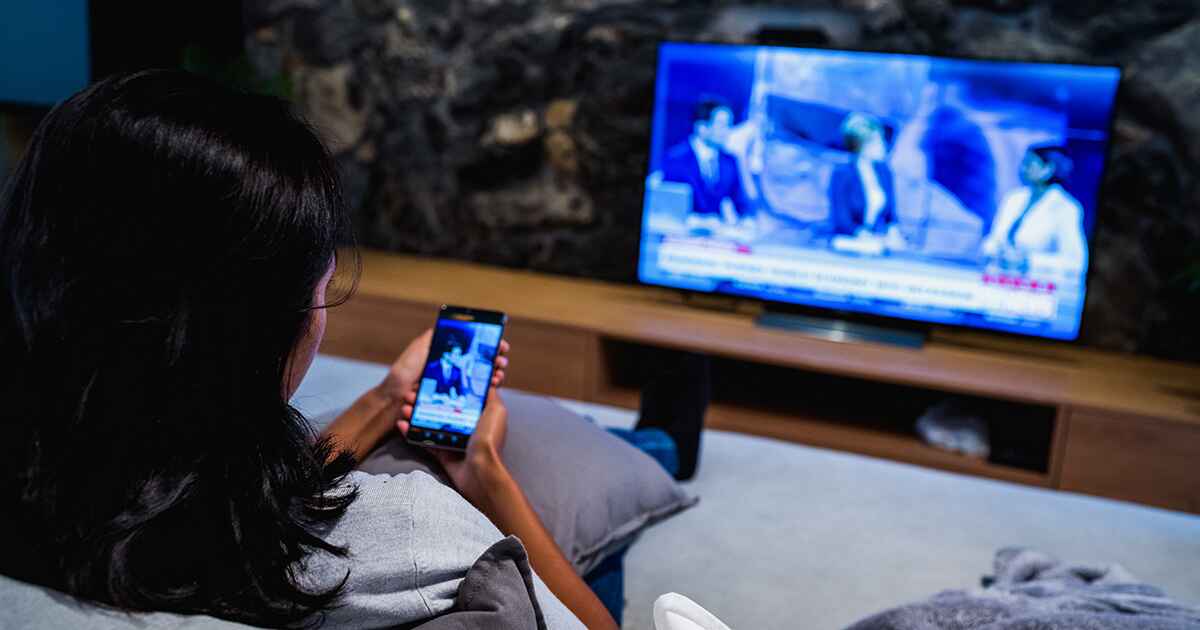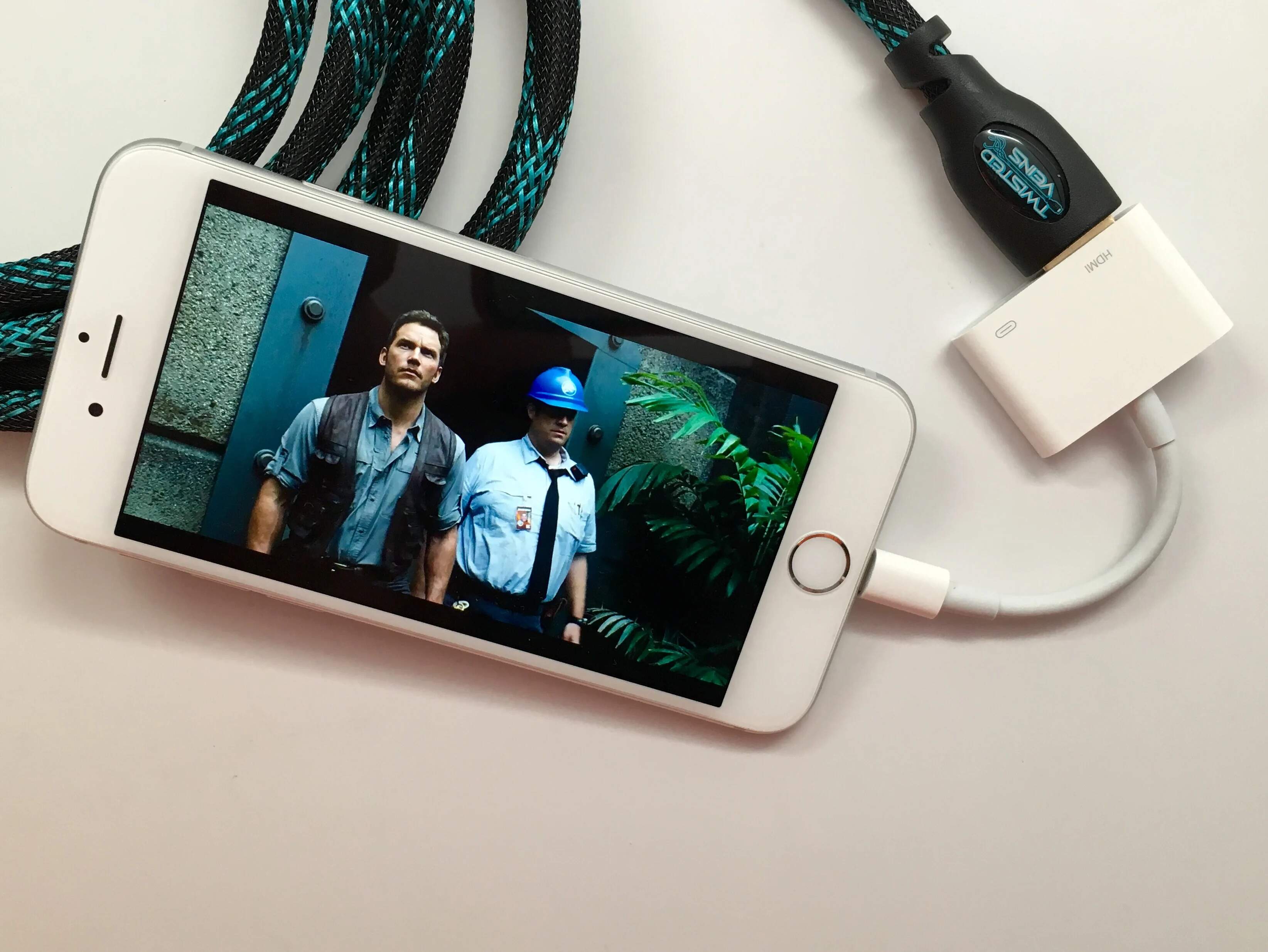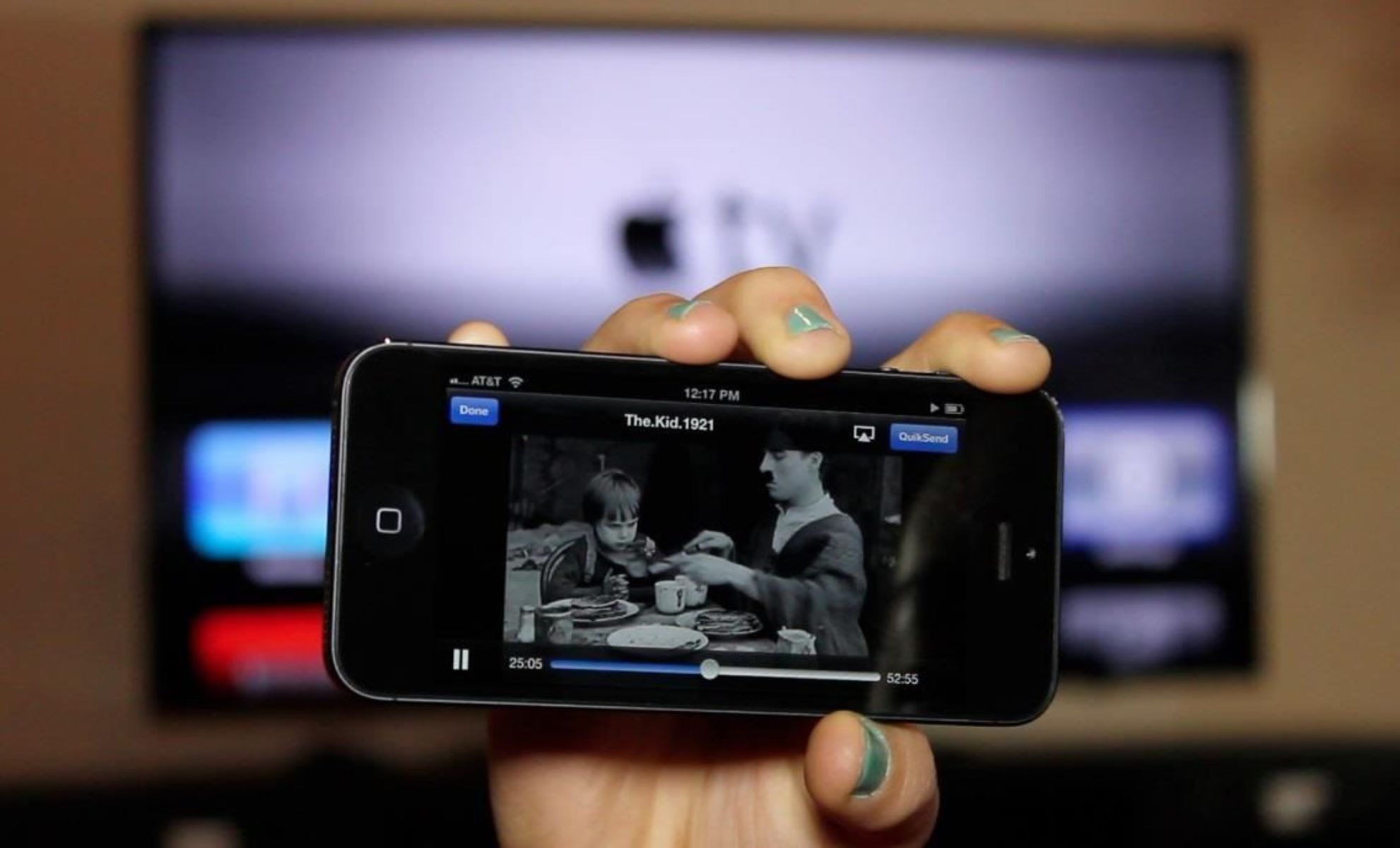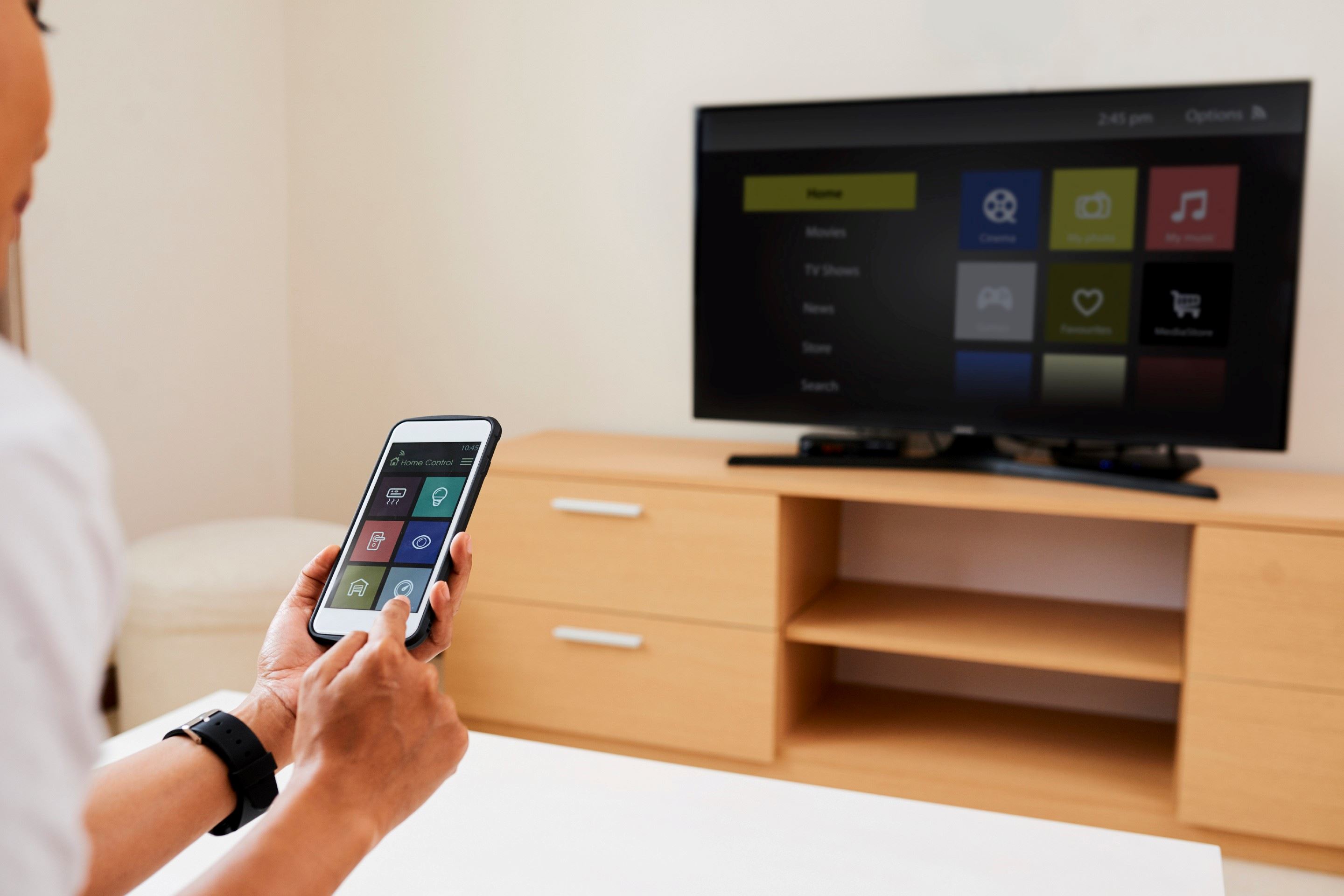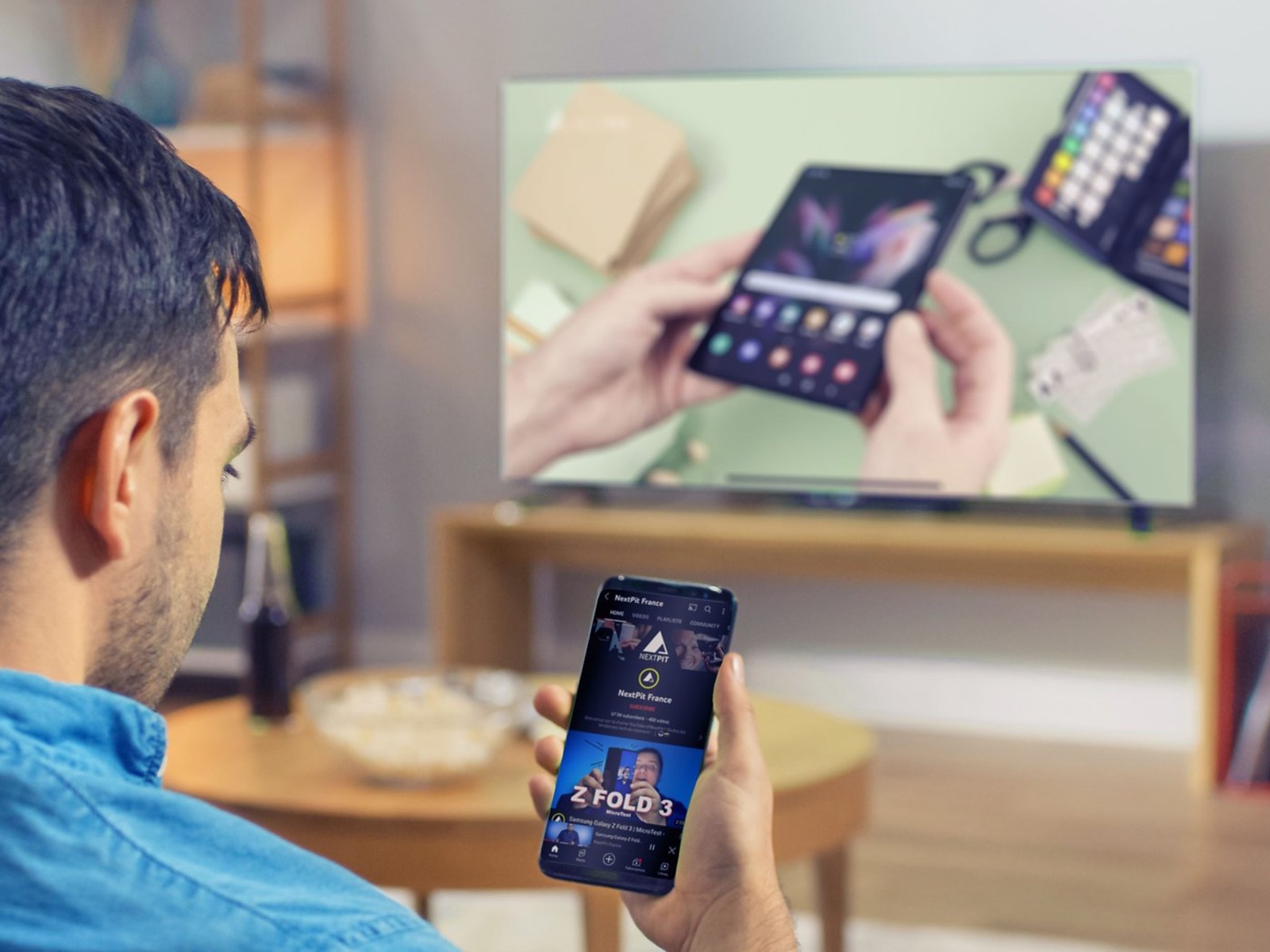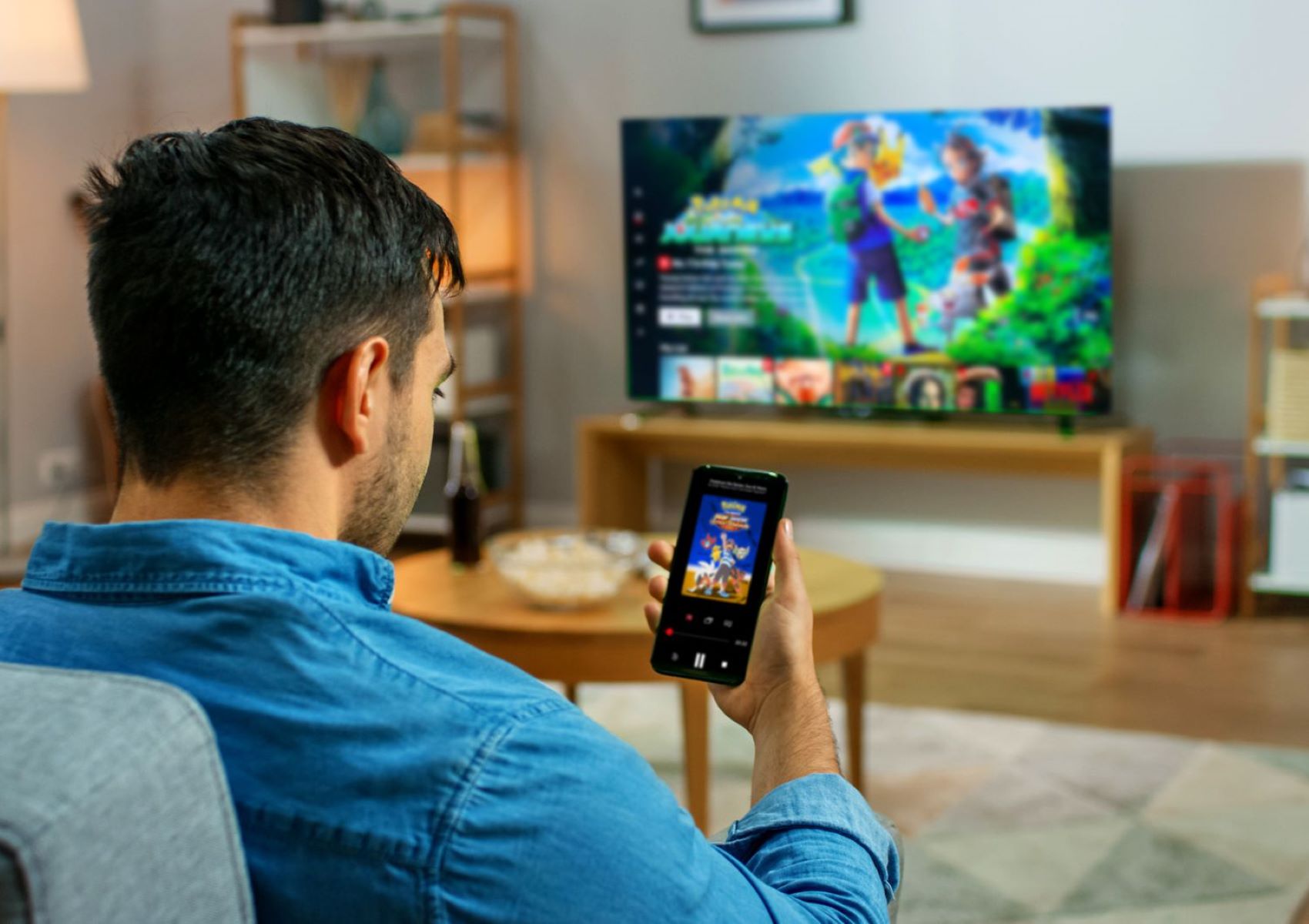Introduction
Connecting your Apple TV to a TV without an HDMI port might seem like a challenge, but luckily, there are several options available to help you overcome this hurdle. Whether you have an older TV or a display device that lacks HDMI connectivity, you can still enjoy all the amazing features and capabilities of Apple TV by employing alternative connection methods.
In this article, we will explore five different options for connecting your Apple TV to a TV without HDMI. From using HDMI to DVI adapters to employing composite AV cables and converter boxes, we will cover different scenarios and provide solutions that suit your specific needs. So, let’s dive in and find the best method for your setup!
Note: Before proceeding, make sure to check the available ports on your TV or display device to determine which option will be compatible. Additionally, some older models may have limited resolution capabilities, so keep that in mind while choosing the appropriate connection method.
Now that we have clarified the importance of compatibility, let’s begin exploring the various options to connect your Apple TV to a TV without HDMI.
Option 1: Using an HDMI to DVI Adapter
If your TV or display device has a DVI input but lacks HDMI connectivity, you can use an HDMI to DVI adapter to connect your Apple TV. This method allows you to transmit the video signal from your Apple TV to the DVI port on your TV, while for the audio, you will need an additional cable.
Here’s how to set it up:
- Connect one end of the HDMI cable to the HDMI output port on your Apple TV.
- Connect the other end of the HDMI cable to the HDMI input of the HDMI to DVI adapter.
- Insert the DVI end of the adapter into the DVI input port on your TV or display.
- For audio, you will need to connect either an optical audio cable from the Apple TV to a compatible audio device, or use the headphone jack on the Apple TV and connect it to external speakers or an audio receiver.
- Ensure all connections are secure, and power on your Apple TV and TV.
- Use the input/source button on your TV remote to select the correct HDMI input where you connected the adapter.
With the HDMI to DVI adapter, you can transmit high-quality video from your Apple TV to your TV or display device. However, keep in mind that DVI ports do not support audio signals, so you will need to route the audio separately as mentioned above.
This option is ideal if you have an older TV or display device with only DVI input, as it allows you to enjoy the benefits of Apple TV without the need for HDMI compatibility.
Now that we have covered using an HDMI to DVI adapter, let’s move on to the next option for connecting your Apple TV to a TV without HDMI.
Option 2: Using an HDMI to VGA Adapter
If your TV or display device has a VGA input, you can utilize an HDMI to VGA adapter to connect your Apple TV. This method allows you to convert the HDMI signal from your Apple TV into a VGA signal that is compatible with the VGA input on your TV or display.
Here’s how you can set it up:
- Connect one end of the HDMI cable to the HDMI output port on your Apple TV.
- Connect the other end of the HDMI cable to the HDMI input of the HDMI to VGA adapter.
- Insert the VGA end of the adapter into the VGA input port on your TV or display.
- For audio, similar to the previous option, you will need to connect a separate audio cable from your Apple TV to an audio device or speakers.
- Double-check the connections and power on your Apple TV and TV/display device.
- Using your TV remote, switch to the correct input/source that corresponds to the VGA input where you connected the adapter.
By using an HDMI to VGA adapter, you can successfully bridge the gap between your Apple TV and a TV or display device that lacks HDMI compatibility. It’s important to note that VGA does not support audio signals, so you will need to ensure the audio is connected through alternative means.
This option is particularly useful for older CRT TVs or monitors that only feature VGA inputs. It also provides an affordable solution for connecting your Apple TV to a projector that utilizes a VGA connection.
Now that you’re familiar with using an HDMI to VGA adapter, let’s move on to the next option for connecting your Apple TV to a TV without HDMI.
Option 3: Using an HDMI to Component Converter
If your TV or display device has component inputs (red, green, and blue) but lacks HDMI connectivity, you can utilize an HDMI to Component converter to connect your Apple TV. This method allows you to convert the HDMI signal from your Apple TV into a component signal that is compatible with your TV or display.
Follow these steps to set it up:
- Connect one end of the HDMI cable to the HDMI output port on your Apple TV.
- Connect the other end of the HDMI cable to the HDMI input of the HDMI to Component converter.
- Using component cables, connect the red, green, and blue connectors of the converter to the corresponding component input ports on your TV or display.
- For audio, similar to the previous options, you will need to connect a separate audio cable from your Apple TV to an audio device or speakers.
- Ensure all connections are secure, and power on your Apple TV and TV/display device.
- Using your TV remote, select the appropriate input/source that corresponds to the component input where you connected the converter.
By utilizing an HDMI to Component converter, you can enjoy high-quality video output from your Apple TV on a TV or display device with component inputs. However, keep in mind that component inputs do not support audio signals, so you will need to route the audio separately through alternative means.
This option is particularly useful for older TVs and displays that feature component inputs but lack HDMI compatibility. It provides a reliable and efficient method for connecting your Apple TV without the need for HDMI connectivity.
Now that we have explored using an HDMI to Component converter, let’s proceed to the next option for connecting your Apple TV to a TV without HDMI.
Option 4: Using an Apple TV Composite AV Cable
If your TV or display device only has composite inputs (yellow, red, and white), you can use an Apple TV Composite AV Cable to connect your Apple TV. This cable allows you to connect the Apple TV directly to the composite input ports on your TV or display.
Here’s how you can set it up:
- Connect the yellow end of the Apple TV Composite AV Cable to the yellow composite video input port on your TV or display.
- Connect the red and white ends of the cable to the corresponding red and white audio input ports on your TV or audio equipment.
- Ensure all connections are secure, and power on your Apple TV and TV/display device.
- Using your TV remote, select the input/source that corresponds to the composite input where you connected the AV cable.
With the Apple TV Composite AV Cable, you can transmit both video and audio signals from your Apple TV to your TV or display device. This option is ideal if your TV or display device only supports composite inputs and doesn’t have HDMI or other advanced connectivity options.
It’s important to note that using composite cables might result in a lower video and audio quality compared to HDMI or other digital connections. However, it still allows you to enjoy your favorite content on your TV using your Apple TV.
Now that we have covered using an Apple TV Composite AV Cable, let’s move on to the final option for connecting your Apple TV to a TV without HDMI.
Option 5: Using an HDMI Switch + Converter Box
If you have multiple devices with HDMI output and a TV or display device with a different input interface (e.g., VGA, DVI, component), you can utilize an HDMI switch and converter box to connect your Apple TV. This option allows you to switch between different HDMI sources and convert the signal to the desired input format.
Follow these steps to set it up:
- Connect the HDMI output from your Apple TV to one of the HDMI inputs on the HDMI switch.
- Using HDMI cables, connect the output of the HDMI switch to the HDMI input of the converter box.
- Connect the output of the converter box to the input of your TV or display device, matching the desired input format (e.g., VGA, DVI, component).
- For audio, similar to the previous options, you will need to connect a separate audio cable from your Apple TV to an audio device or speakers.
- Ensure all connections are secure, and power on your Apple TV, TV/display device, HDMI switch, and converter box.
- Set the input/source on your TV or display device to the corresponding input where you connected the converter box.
- Use the HDMI switch to select the input source (Apple TV) that you want to display on your TV.
By using an HDMI switch and converter box, you can connect multiple HDMI devices, including your Apple TV, to a TV or display device with a different input interface. This option provides flexibility and convenience for managing multiple devices while supporting various input formats.
It’s important to choose an HDMI switch and converter box that supports the specific input format required by your TV or display device. Additionally, ensure that the HDMI switch supports the resolution and features of your Apple TV.
Now that we have explored using an HDMI switch and converter box, let’s summarize the various options for connecting your Apple TV to a TV without HDMI.
Conclusion
Connecting your Apple TV to a TV without HDMI is easier than you might think. By utilizing one of the various options discussed in this article, you can enjoy all the features and content that Apple TV has to offer on your non-HDMI TV or display device.
From using HDMI to DVI adapters, HDMI to VGA adapters, HDMI to component converters, Apple TV composite AV cables, to employing HDMI switches and converter boxes, there are solutions available for different input interfaces and connectivity needs. Each option allows you to bridge the gap between HDMI and non-HDMI devices, ensuring a seamless viewing experience.
Before making a decision, it’s crucial to consider the available ports and compatibility of your TV or display device. Additionally, keep in mind the specific resolution capabilities and audio requirements of your setup.
Whether you have an older TV with DVI or VGA inputs, a display device with component inputs, or a TV with composite inputs, there is a suitable method for connecting your Apple TV without compromising on quality or functionality.
Choose the option that best aligns with your specific scenario and enjoy the convenience of accessing streaming services, apps, and media content on your TV through Apple TV.
Remember to always follow the setup instructions provided with the adapters, cables, or converter boxes to ensure proper installation.
Now that you have a better understanding of how to connect your Apple TV to a TV without HDMI, you can start enjoying the entertainment and convenience that Apple TV brings, regardless of your TV’s connectivity options.









